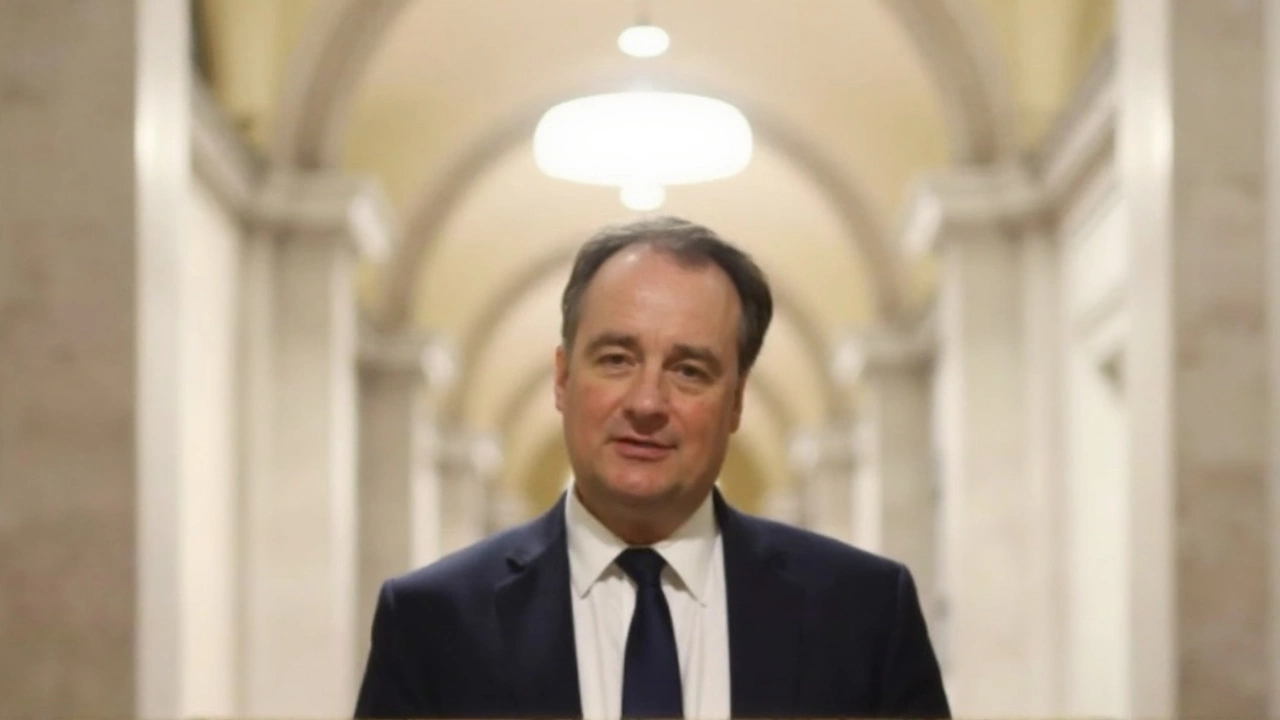Bank of England Resists Rate Cut as Disinflation Meets Economic Headwinds
This June, the Bank of England stuck to its guns and kept interest rates at 4.25%. The Monetary Policy Committee (MPC), the small group that makes these calls, voted 6-3 in favor of holding steady rather than dropping rates, as some had hoped. It’s not really a surprise — the Bank has made it clear it’s being extra careful after a couple of years fighting sky-high inflation.
Let’s break down what’s behind the decision. For starters, inflation is finally heading in the right direction. After a wild ride of price surges, May’s inflation hit 3.4%. That’s still a bit higher than the Bank’s 2% target, but worlds away from where things were in late 2023, when energy and food prices went through the roof. The easing up is thanks to fewer price shocks from abroad — think cheaper shipping and more stable global food costs — as well as tighter controls that stopped those initial price hikes from feeding into our daily wage and rent demands.
But the news isn’t all rosy. The UK economy is still limping. GDP, the measure of everything the country produces, is growing at a snail’s pace. In plain English: people aren’t spending as much, businesses aren’t investing big, and hiring has slowed. The labor market, which was super tight last year, has loosened. That means there are more people looking for work than there are jobs, so employers aren’t feeling as much pressure to offer big pay rises. This has helped take some steam out of wage-driven inflation — always a concern, since fatter pay packets can fuel more spending and keep prices from falling.

Watching Wages, Energy Prices, and Geopolitical Risks
There’s another wild card: what’s happening in the world’s hotspots. Tensions between Israel and Iran have pushed up energy prices more than once this year. If things get any worse, Brits could see their home energy bills shoot back up. The Bank’s committee made clear it’s got one eye on these global risks — and it’s ready to act if they threaten to bring back the inflation trouble.
So where does this leave us? While three members of the committee voted for a rate cut (they think conditions are safe enough to let borrowing get a bit cheaper), the majority still want proof that inflation is really beaten. Until then, the Bank is likely to keep policy ‘restrictive’ — in other words, keeping money tighter than usual to make sure inflation doesn’t creep back in.
Analysts are now betting on a possible cut later in the year, maybe as soon as August, though nothing’s a lock. The Bank has scheduled meetings in August, September, November, and December, and predictions are all over the place: we could see up to three cuts, or maybe just one by Christmas, depending on how wage growth and prices shake out. If pay rises slow down and energy shocks don’t return, the door could open for cheaper borrowing soon. But if anything upsets the balance, the Bank might keep its foot on the brake a while longer.
What does this mean for you? Mortgage rates, loan deals, and savings interest will stay higher for a bit, so households will still feel the pinch — but there’s a glimmer of light that costs could ease before the year is out, as long as things calm down at home and abroad.
